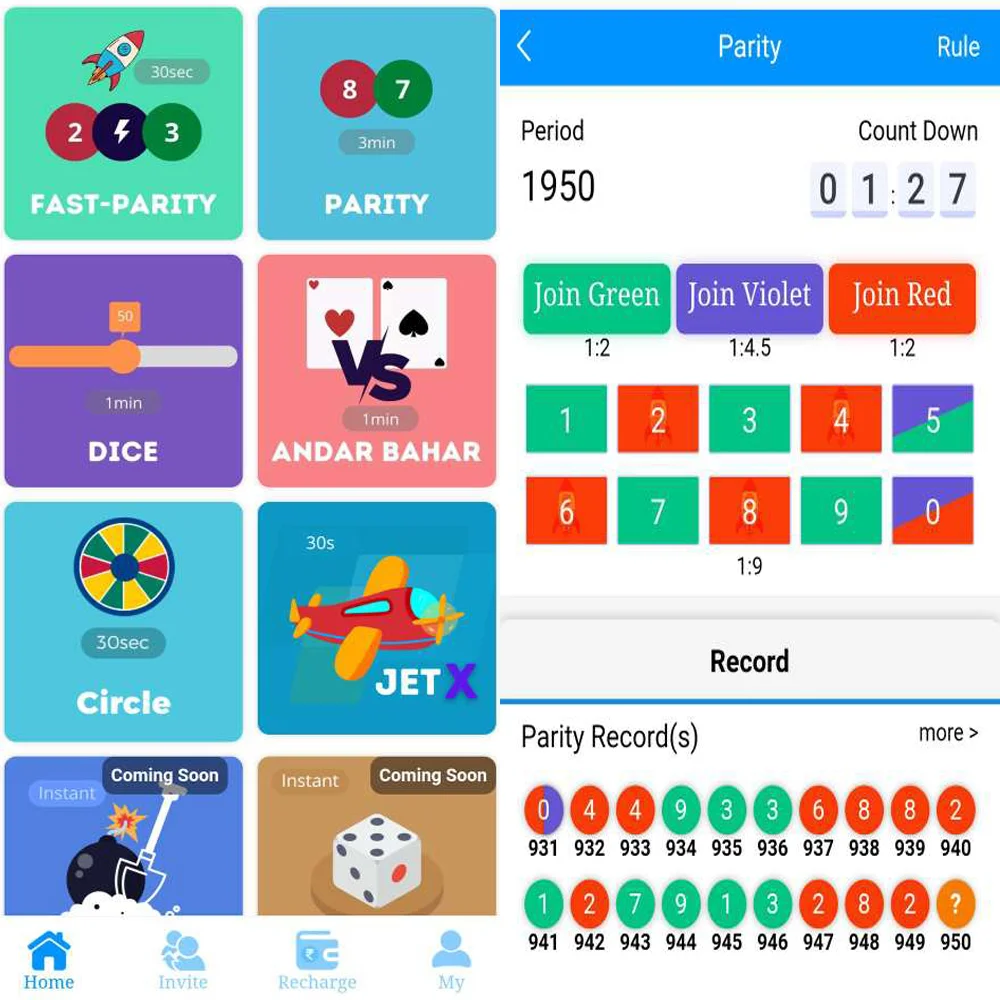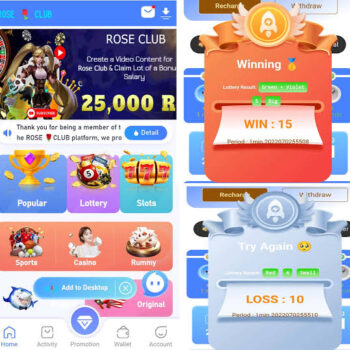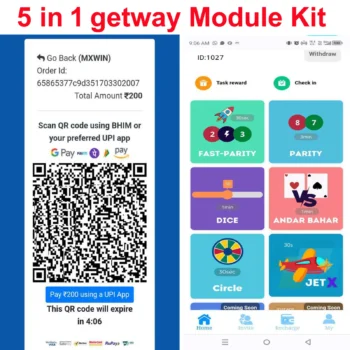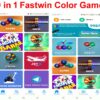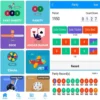5-in-1 Fastwin Full Working 💯✅
“5-in-1 Fastwin Game” sounds like a compilation of nine different mini-games bundled into a single application. Creating such a game involves coding each mini-game separately and integrating them into a central application. Below, I’ll outline the components typically included in such a project and provide a brief description of each:
1. **Main Menu**: The main menu serves as the entry point for the game. It typically displays options for selecting different mini-games, accessing settings, viewing high scores, etc.
2. **Mini-games**:
– **Tic-Tac-Toe**: A classic game where two players take turns marking spaces in a 3×3 grid, aiming to get three of their marks in a row.
– **Snake**: A game where a player controls a snake that grows in length as it eats food, with the objective being to avoid colliding with the walls or the snake’s own tail.
– **Matching Pairs**: A memory game where the player needs to match pairs of identical cards within a grid of facedown cards.
– **2048**: A sliding block puzzle game where the player combines tiles with the same numbers to create a tile with the number 2048.
– **Sudoku**: A number-placement puzzle game where the player must fill a 9×9 grid with digits so that each column, each row, and each of the nine 3×3 subgrids contains all of the digits from 1 to 9.
– **Hangman**: A word-guessing game where the player guesses letters in a hidden word, with a limited number of guesses allowed.
– **Brick Breaker**: A game where the player controls a paddle to bounce a ball and break bricks arranged at the top of the screen.
– **Memory**: A game where the player flips cards to find matching pairs within a grid.
– **Pong**: A simple two-dimensional sports game that simulates table tennis, with players controlling paddles on either side of the screen and attempting to hit a ball past their opponent.
3. **Settings**: Allows the player to adjust game settings such as sound volume, music, difficulty levels, etc.
4. **High Scores**: Displays the highest scores achieved in each mini-game.
5. **Sound Effects and Music**: Incorporating sound effects and background music to enhance the gaming experience.
6. **Graphics and UI**: Designing user interfaces and graphics for menus, game screens, buttons, etc., to make the game visually appealing and intuitive to navigate.
7. **Game Logic and Mechanics**: Implementing the rules and mechanics specific to each mini-game, including player input handling, scoring, win/lose conditions, etc.
8. **Score Tracking**: Recording and updating scores for each mini-game to keep track of the player’s progress and achievements.
9. **Documentation**: Providing documentation for users and developers, including instructions on how to play each mini-game, troubleshooting tips, and possibly a guide for extending the game with additional features or mini-games.
10. **Testing and Debugging**: Thoroughly testing the game to ensure all features work as intended and fixing any bugs or issues that arise during testing.
The “Full Working Source Code” for such a project would involve all the code and assets necessary to build and run the game, including scripts for each mini-game, the main menu, settings, high scores, sound effects, music files, graphics, etc. This source code would typically be organized into different files or modules according to the components listed above, following programming best practices for readability, maintainability, and scalability.

